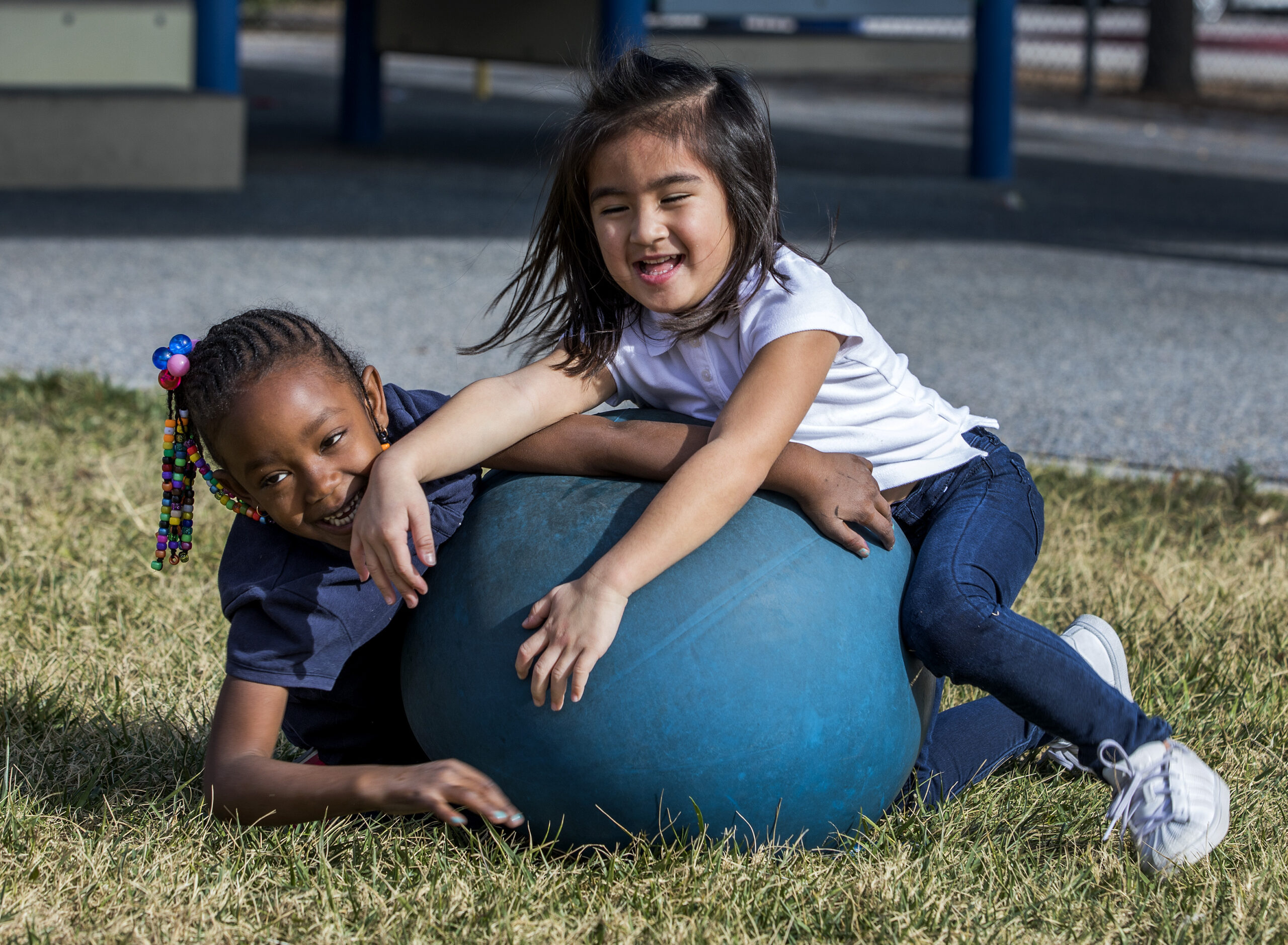Nevada maintained its rank of 47th overall — same as last year — in the annual Annie E. Casey Foundation Kids Count Data Book, a ranking that Tara Raines, deputy director of the Children’s Advocacy Alliance, said is “easy to be all doom and gloom” about.
But she thinks that the report, released earlier this month and which quantifies the state’s progress on children’s economic well-being, education, health and family and community factors, reveals “a number of bright spots in our state.”
“Historically, Nevada has been [ranked] low. And I think it’s important to know that our good work has not gone unseen. It’s just that as other states also do good work, their rankings move up as well,” said Raines, whose organization aims to be the state’s voice for achieving public policy wins relating to education, health, and child welfare.
Raines said that many of the reasons why kids in Nevada — including two-thirds of children ages 3 and 4 — aren’t in school comes down to infrastructure.
“School is the place where they should be learning, and in order to learn, they have to have food, they have to have housing, they have to have medical treatment, they have to have good mental health, and the school can’t provide all those things,” Raines said. “It’s up to all of us to come together and say ‘How can we create an infrastructure for children and families?’”
Raines added that “kids who are not ready and able to learn will not be ready and able to earn, which means the economic impact of chronic absenteeism is going to hit us in the next few years. These folks won’t be prepared for college or career because they’re not in school.”
In Nevada from 2021 through 2022, 44 percent of students experienced one or more adverse childhood experiences including economic hardship, parents who are divorced, separated, have served time in jail or died, witnessing neighborhood or domestic violence, living with someone who has a mental illness or substance use problem, or being treated unfairly due to race or ethnicity. In these same years, 40 percent of students were chronically absent from school.
Here are some highlights from the rankings.
Economic well-being
Nevada was ranked 45th overall in the economic well-being category in 2022.
16 percent: The rate of Nevadan children in poverty in 2022. This number is down compared with the 17 percent of children in poverty in 2019.
28 percent: The rate of Nevada children whose parents lacked secure employment in 2022. This number is up from 2019, when 26 percent had parents who lacked secure employment.
35 percent: The portion of Nevada children living in households with a high housing cost burden. This is up from 2019, when 33 percent of children faced this burden.
9 percent: The portion of Nevada teens who are not in school and not working. This number held steady since 2019.
Education
Nevada was ranked 46th overall in the education category in 2022.
67 percent: The percentage of Nevada children ages 3 and 4 who were not in school in 2022. This number is up from 2019’s 64 percent.
73 percent: The percentage of Nevada fourth graders who did not meet reading standards in 2022. This number is up from 69 percent in 2019.
79 percent: The rate of Nevada eighth graders who did not meet math standards in 2022. This number is up from 74 percent in 2019.
19 percent: The rate of Nevada high school students who did not graduate on time in 2022. This number is up from 2019’s 16 percent.
Health
Nevada was ranked 42nd in the health category in 2022.
9.3 percent: The percentage of low-birthweight babies in Nevada in 2022. This number is up from 8.8 percent in 2019.
8 percent: The portion of Nevadan children without health insurance in 2022. This number is the same from 2019’s data.
30: The number of child and teen deaths per 100,000 in 2022. This is up from 24 in 2019.
34 percent: The percentage of children and teens who were overweight or obese in 2022. The number for 2019 is not available because of methodology changes.
Family and community
Nevada was ranked 45th in the family and community category in 2022.
40 percent: The rate of Nevada children in single-parent families in 2022. That’s up from 2019, when the number was 39 percent.
16 percent: The rate of Nevada children whose head of the household lacked a high school diploma in 2022. This number is down compared with 2019’s 18 percent.
7 percent: The portion of Nevada children living in high-poverty areas in 2022. This number is down from 10 percent in 2019.
14: The number of teen births in Nevada per 1,000 in 2022. This number is down from 19 per 1,000 in 2019.

